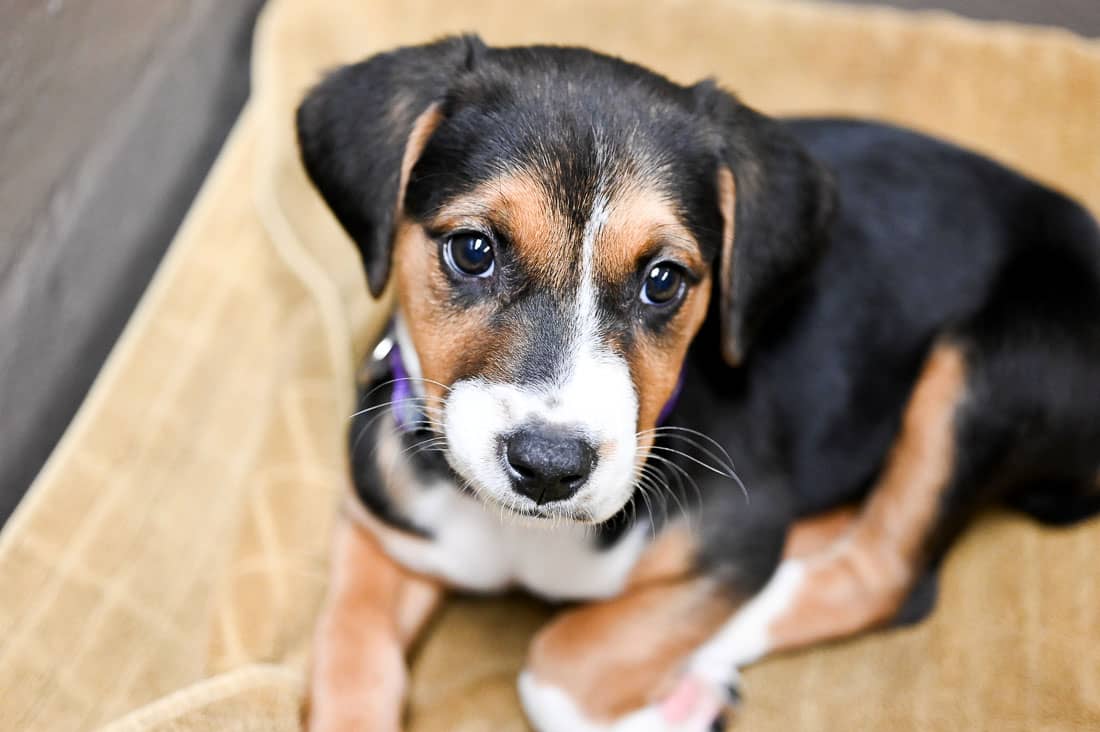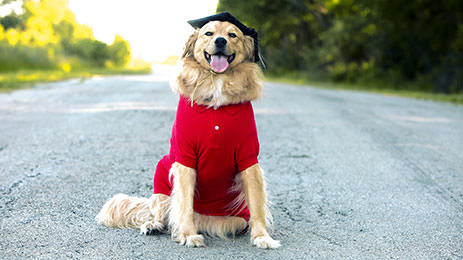Understanding Dog Body Movement Throughout Dog Training
Understanding Dog Body Movement Throughout Dog Training
Blog Article
Essential Tips for Successful Dog Training: An Overview for Pet Dog Owners
Reliable canine training is a diverse procedure that calls for a strategic method tailored to both the family pet's character and the proprietor's purposes. Trick parts such as developing constant commands, utilizing positive reinforcement, and assisting in early socialization play critical roles in cultivating a well-adjusted canine friend. Nonetheless, several pet dog proprietors run into obstacles that can impede development, resulting in disappointment and uncertainty. Recognizing just how to navigate these obstacles can considerably enhance the training experience, ultimately changing the partnership in between owner and canine. What are the crucial techniques that can be utilized to make sure success in this endeavor?
Understanding Canine Behavior
Comprehending pet behavior is necessary for effective training and promoting an unified partnership between canines and their proprietors. dog training. Canines communicate mostly via body language, vocalizations, and activities, making it essential for proprietors to interpret these signals properly.

Socializing plays a substantial duty in pet actions; direct exposure to numerous settings, individuals, and other animals can considerably affect a canine's personality. Elements such as type attributes and private character should guide training approaches, as some breeds might have certain behavioral attributes that require tailored approaches. By recognizing these aspects, owners can develop a helpful environment that urges favorable habits, resulting in effective training outcomes and a much deeper bond with their family pets.
Establishing Constant Commands
Effective communication with your pet dog begins with developing consistent commands. This fundamental element of training is crucial for promoting understanding in between you and your animal. Uniformity in the commands you use makes certain that your dog can dependably associate certain words or expressions with the desired actions.
When selecting commands, pick clear, distinct words that are simple to say and separate from each other. Avoid utilizing similar-sounding commands that might confuse your canine. For instance, making use of "sit" and "stay" is ideal, but "sit" and "struck" can lead to misunderstandings.
Furthermore, keep the very same tone and volume for each command. Canines are delicate to singing signs, so differing your tone can develop confusion.
It is just as crucial to make sure that all relative get on the very same page relating to the commands used. A united front in command usage will certainly stop blended signals and reinforce the learning procedure.
Favorable Reinforcement Techniques
The power of favorable support in pet dog training hinges on its ability to encourage preferred behaviors with benefits and appreciation. This method is grounded in the principle that behaviors adhered to by positive outcomes are a lot more likely to be duplicated. By integrating favorable reinforcement right into your training routine, you can successfully shape your dog's actions in a useful manner.
To carry out positive support, it's important to identify what inspires your pet, whether it be treats, playthings, or verbal appreciation. When your dog does a desired activity, such as remaining on command, immediately compensate them with her explanation a treat or affection. This organization between the command and the positive outcome reinforces their understanding.
It's critical to timing the incentives appropriately; supplying the support within seconds of the preferred habits assists your dog make the connection (dog training). Furthermore, consistency is crucial-- guarantee that all household participants make use of the same commands and reward systems to prevent confusion

Progressively, you can decrease the regularity of deals with as your pet learns the habits, transitioning to commend or intermittent benefits. This method not only fosters a strong bond between you and your dog however additionally promotes a favorable learning atmosphere, making educating a delightful experience for both.
Socialization and Interaction
Regularly subjecting your pet to a variety of environments, people, and other animals is essential for their social advancement. Socializing must start early, ideally throughout the essential home window of 3 to 14 weeks, when pups are most receptive to new experiences. Older dogs can also benefit from recurring socialization initiatives.
Present your pet to various setups, such as parks, pet-friendly shops, and city locations. This direct exposure aids them adapt to various stimuli, lowering anxiety and worry actions. Urge positive interactions with other dogs and individuals, ensuring that these experiences are safe and regulated to cultivate self-confidence.
Use organized playdates with genteel pets, as this can boost your pet dog's social abilities and instruct them appropriate behavior. Obedience classes and training sessions also supply excellent chances for socialization, click to find out more permitting your canine to connect with others in a supervised setting.
Display your pet dog's body language during communications, as this will certainly help you determine their convenience degree. Progressively raise exposure to more difficult situations while making certain that each experience is favorable. A well-socialized dog is most likely to exhibit well balanced actions, making them a delight to have in any kind of setting.
Attending To Common Training Obstacles
Every canine proprietor will come across training obstacles eventually, no matter their dog's age or socialization level. Identifying typical problems such as stubbornness, distractions, and fearfulness can aid in developing efficient approaches for improvement.

Slowly present disturbances as the canine becomes more skillful in commands. Short, frequent training sessions are likewise efficient in preserving focus.
Fearfulness can impede a canine's understanding procedure. Gradual desensitization to the resource of worry, matched with positive support, can aid relieve anxiousness. Persistence is important; never compel a pet dog into a situation that creates distress, as this may exacerbate the concern.
Eventually, understanding and attending to these typical challenges with an organized method will certainly promote a more productive training experience, reinforcing the bond between pet dog and proprietor while promoting reliable discovering.
Conclusion
In recap, successful pet training depends on a comprehensive understanding of canine actions, the establishment of regular commands, and the application of positive support techniques. Socializing plays a vital role in visit this web-site establishing well-adjusted pets, while attending to common training obstacles requires perseverance and adaptability. By applying these vital strategies, family pet proprietors can promote a solid bond with their canines and advertise desirable habits, inevitably resulting in an unified relationship between human beings and their canine buddies.
Understanding canine actions is important for reliable training and promoting an unified relationship between canines and their proprietors.Socialization plays a substantial duty in canine habits; direct exposure to numerous environments, people, and various other pets can considerably affect a pet's temperament.The power of favorable support in pet training lies in its capacity to motivate wanted habits with incentives and appreciation. By integrating positive reinforcement right into your training program, you can successfully shape your canine's actions in a useful manner.
In summary, successful dog training relies on a comprehensive understanding of canine habits, the establishment of constant commands, and the application of positive reinforcement techniques.
Report this page